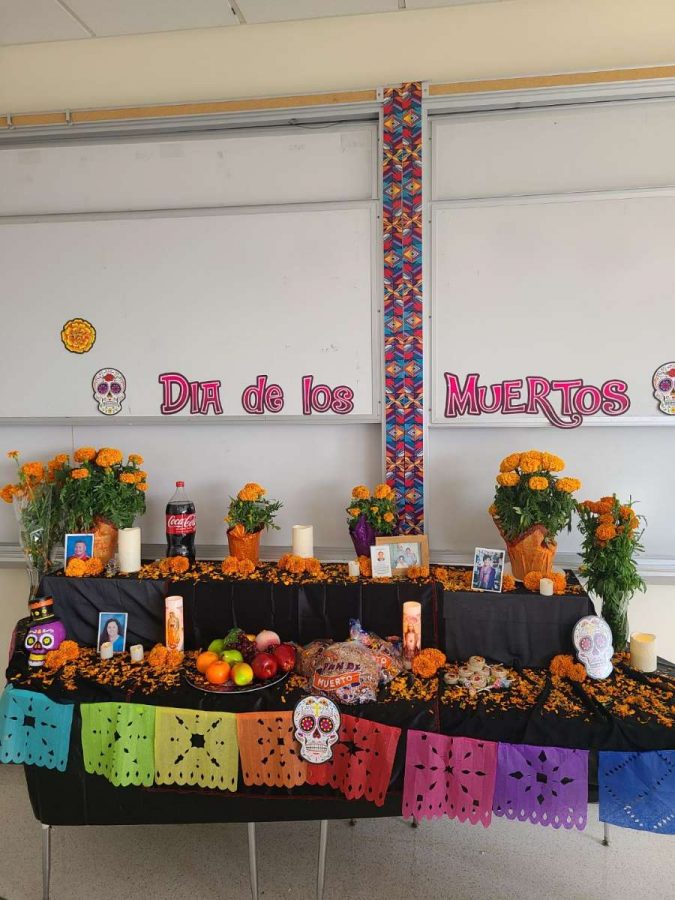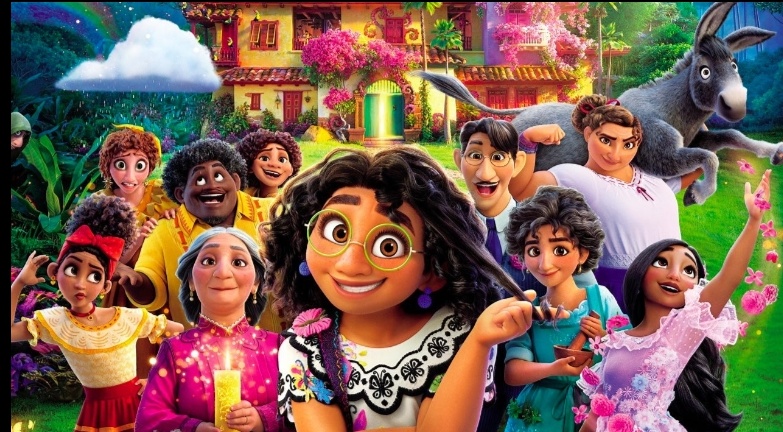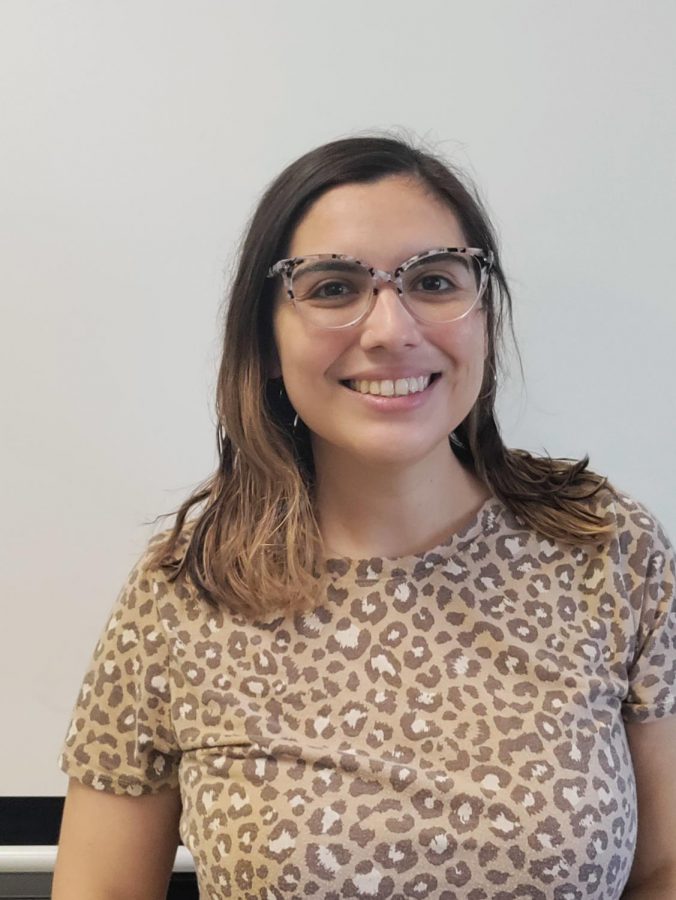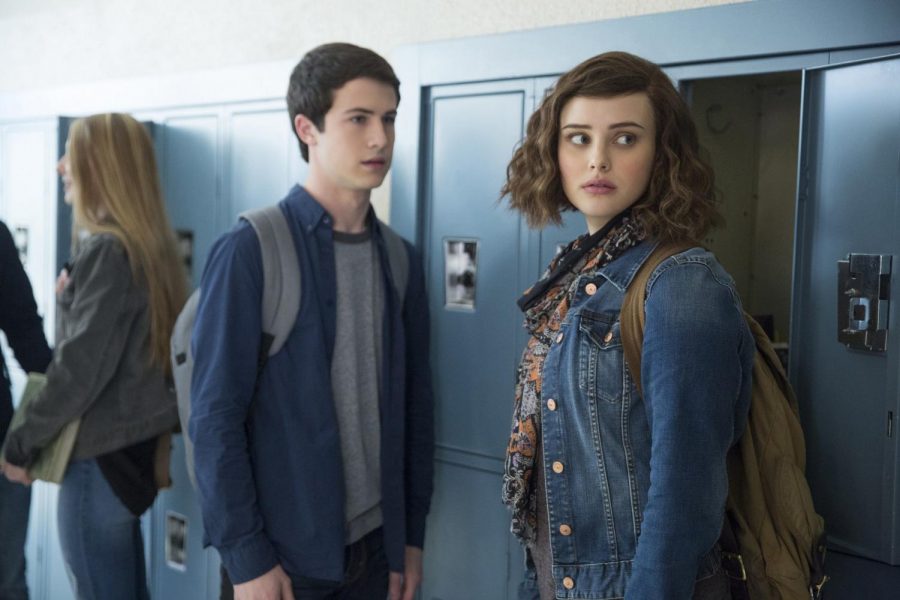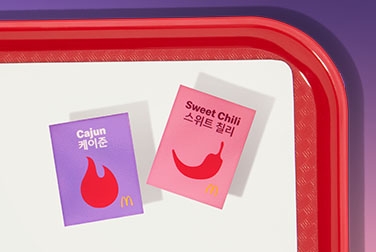The GHS Spanish Club invites you to celebrate El Día de Los Muertos with them!
Although this holiday is officially observed on November 2, Mrs. Electra Stafford has granted us permission to use the Restorative Practices Room, (4314) so that our school can celebrate all month long!
There will be an altar to commemorate our loved ones who have passed away, with beautiful decorations and photographs. The Spanish Club invites you to bring a picture and put it on the altar.
Spanish Club president Paty Morales has said that she wants to “get rid of stereotypes by learning about different cultures and learning from each other.” Therefore, there aren’t any requirements to celebrate and learn about this tradition of remembrance, other than being kind and respectful.
El Día de los Muertos, or “The Day of the Dead” is celebrated in Mexico, and it comes from Aztec traditions, where the Mexican people honored their deceased loved ones by trying to help them have a nice journey to the afterlife.
The holiday as we know it today keeps the same tradition of helping your muertitos cross to the afterlife safely. To help them find the light, or pathway, people who celebrate this day make an altar with pictures to commemorate their loved ones. It is usually decorated with a black tablecloth, and decorated with the famous Cempasuchitl, or Mexican Marigold, and other varieties of flowers, like the sunflower, which symbolizes the sun, light and love.
Other important symbols include Calaveras de Azúcar and Pan de Muerto. The sugar skulls signify that remembering your loved ones and their death can be sweet and colorful and full of love, and the pan dulce is an ofrenda to honor your muertitos. Veladoras, or candles, are lit up, and since Mexico is mostly a Catholic country, you may also see crosses, images of saints, and the Virgin Mary on the altar, too.
Other ofrendas may include the loved ones’ favorite foods. People also dress up as a Catrina (not in a costume, but as an interpretation), or they may paint their faces in a traditional skull and dress with traditional charro clothing.
The Catrina signifies a lot of things, such as the skulls that were used by the Aztecs to celebrate this day. Most importantly, it suggests that, no matter if you’re poor or rich, death is inevitable and it will make everyone equal because everyone dies in the end.
Although The Day of the Dead has been celebrated in Mexico for hundreds of years, this should not stop anyone from honoring and remembering the ones they love.
The altar will be in the Restorative Practices Room all month, and it will be open to students and staff during lunch. The Spanish Club will be waiting for you!
If you have any questions, please contact our Spanish Club advisor, Ms. Sepulveda at [email protected].





